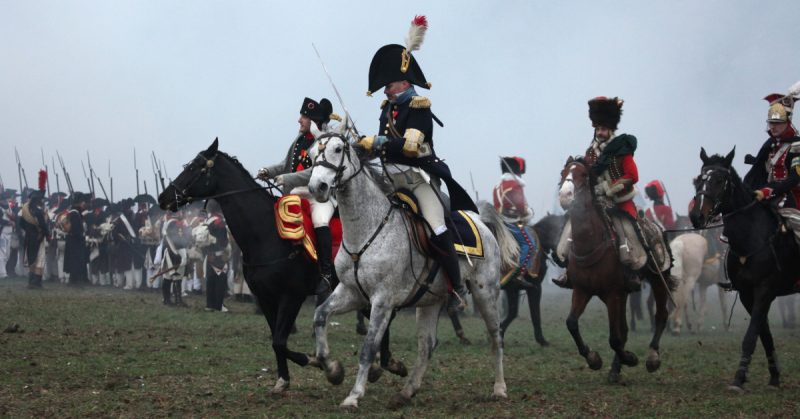As far as the military history of France goes, there is little that can compete with the greatness of Napoleon Bonaparte. He was one of the greatest military commanders to walk the earth. This does not imply that he was without faults or that he never lost a battle. However, of the 60 battles in which he was involved during his military career, he lost only 8. Though his successes were recorded about 200 years ago, they will continue to be discussed for ages to come.
Napoleon joined the military in 1784 when he was just 15 years old, fighting in the French Revolutionary Wars, where he showed tremendous skill and military expertise. His efforts were crowned with successive promotions that saw the fast rising commander as the Emperor of France by 1804.
The list of great battles that Napoleon engaged in are too numerous to count, and trying to recount them all would be overly cumbersome, for in almost every battle his ingenuity can be easily identified. Going forward, we will limit this discourse to the three most worthy of note.
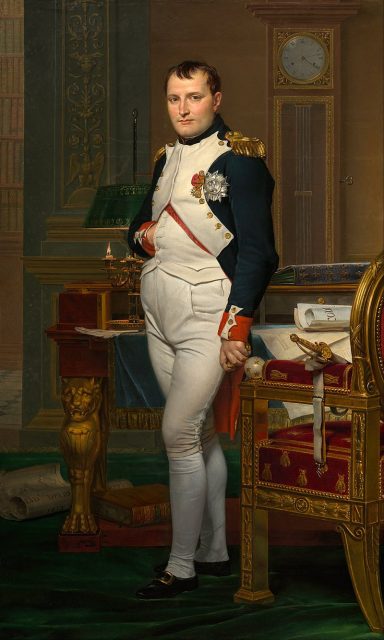
The Battle of Austerlitz, 1805
Shortly after the War of the Third Coalition began in 1805, Napoleon, who was now the Emperor of France and King of Italy, knew he had to quell the enemy forces of Austria, Russia and Prussia before they could team up against him. He knew full well that if they did, they would be almost impossible to stop.
The emperors of Russia and Austria were unhappy with the recent elevation of Napoleon’s status. Because Napoleon’s army was poised to invade England, the emperors feared greatly that due to his highly ambitious nature, he would try to conquer their kingdoms as well.
The five nations of Great Britain, Russia, Austria, Prussia, and Sweden signed the convention of St. Petersburg, deciding to team up against the French emperor and subdue him before things got out of hand.
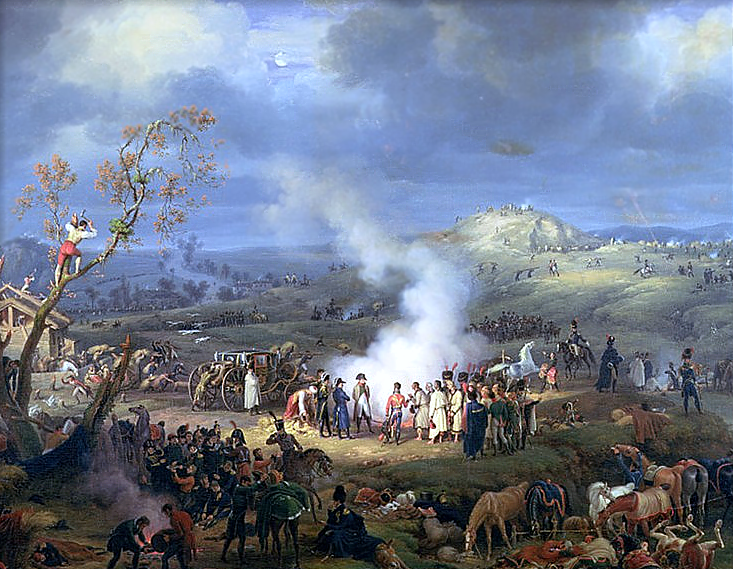
After defeating Austrian forces at Ulm, Napoleon played a fast trick on the Russo-Austrian commanders after occupying Vienna. By negotiating peace terms with them, he led England’s allies to believe that his army was in bad shape, so some of the leaders there pushed to attack it.
On December 2, the battle began. Although Napoleon’s troops were considerably fewer in number than those of the allied army, he was expecting reinforcements from Marshal Louis-Nicolas d’Avout’s III Corps of about 18,000 men.
When the allied emperors’ hot-headedness prevailed over the military expertise of Kutuzov, commander in chief of the allied army, Napoleon then led the enemy into thinking that his right flank was weak. As expected, they attacked his forces there. However, with the arrival of d’Avout’s reinforcements, the right flank was able to withstand the assault.
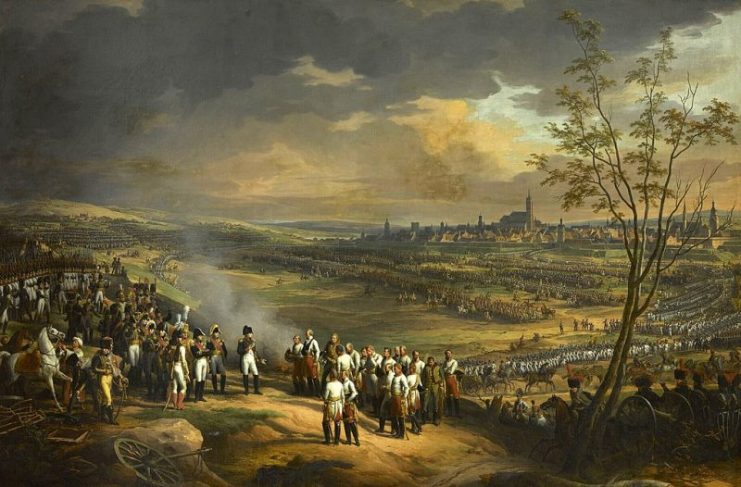
Napoleon’s troops in the center took the Pratzen Heights and then went on to surround the Russo-Austrian forces attacking his right flank. Meanwhile the left flank of the French army repulsed several attacks from the Russian right flanks, eventually forcing them to retreat.
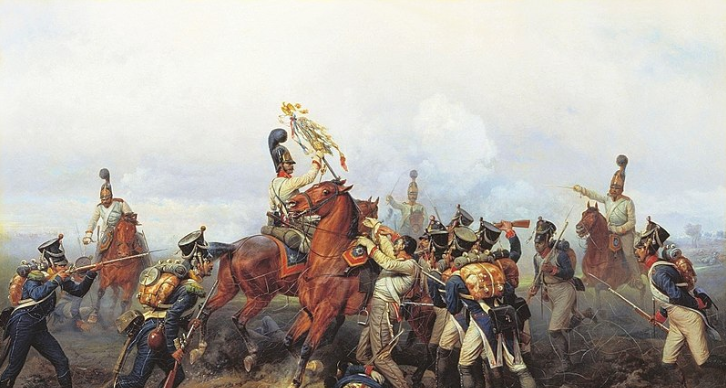
With reinforcements cut off, the enemy troops had no other option but to surrender. The company which attempted to flee across the frozen Satchsen Lake was cut off by an artillery bombardment ordered by Napoleon, and the troops in flight drowned after the ice cracked.
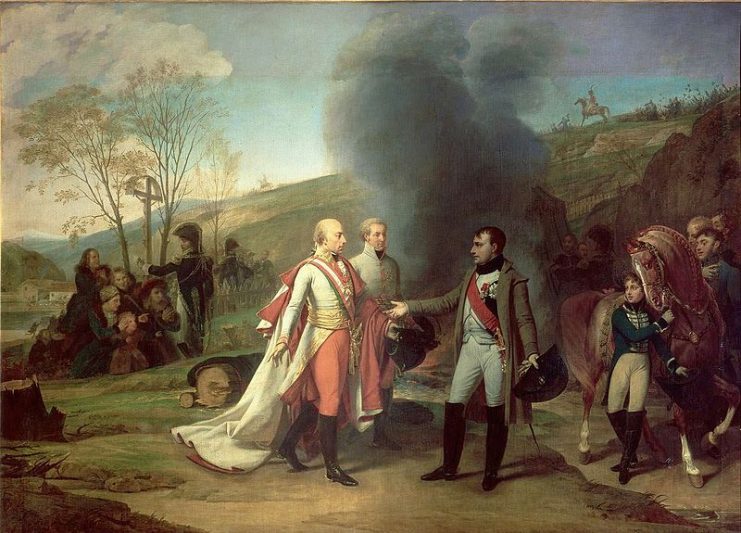
The Battle of Friedland, Prussia, 1807
Arriving on the battlefield at 2:00 PM, Napoleon led reinforcements to hold the French positions in the Prussian villages that overlooked the Alle River. After leading the Russians to believe that their army of 60,000 greatly outnumbered the French troops, Napoleon ordered General Jean Lannes with a small portion of the French troops to pursue the retreating Russian army.
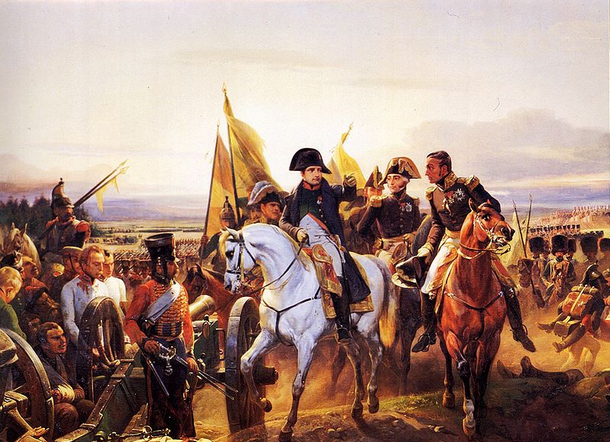
Fully aware that they would attempt to cross the Alle River into Friedland, Napoleon sought to engage them there. By the morning of June 13, Lannes’ forces occupied Friedland. When the Russians arrived there, they drove back the French to the surrounding villages.
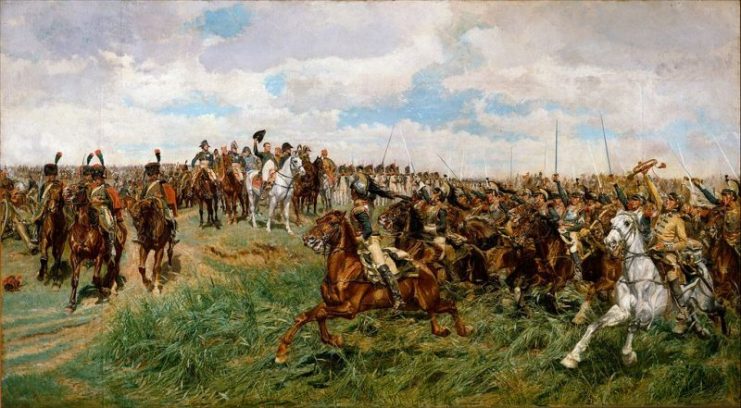
Unaware of Napoleon’s intentions, the Russians looked to engage this small French faction without fighting the main French army. When Lannes saw that the enemy had taken the bait, he sent word to Napoleon. A large portion of the Russian army was already across the river by June 14, and while they engaged the French forces at Friedland, Napoleon arrived with reinforcements that completely dislodged the Russian assault on the villages of Heinrichsdorf, Posthenen and Sortlak.
Artillery bombardment of Friedland sealed Napoleon’s victory and the Russian army on the other side of the river retreated. This battle effectively ended the War of the Fourth Coalition in Napoleon’s favor.
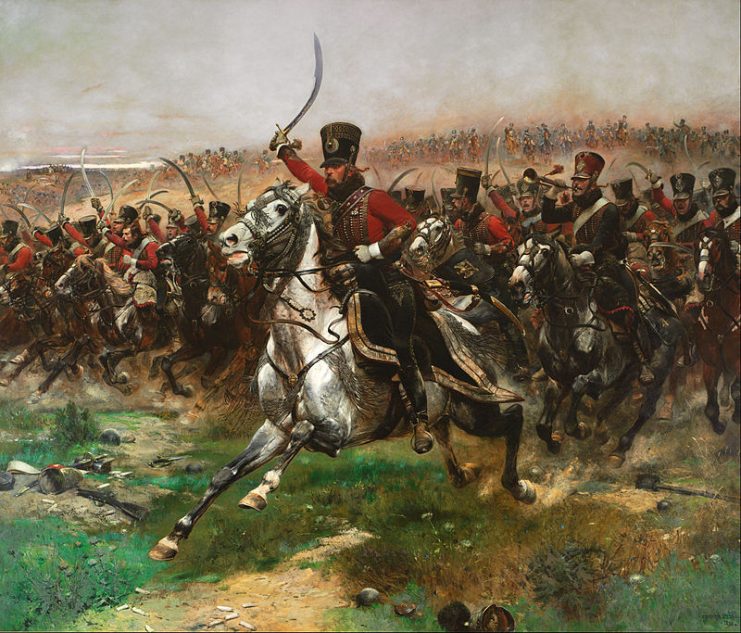
The Battle of Jena-Auerstedt, Prussia, 1806
When the War of the Fourth Coalition began in 1806, Napoleon’s forces were pitched against the Prussian forces of Frederick Louis on October 14. The battle was so named because it occurred in two different locations on the same day, and although the two battles never merged into one, they were both decisive victories for Napoleon’s army.
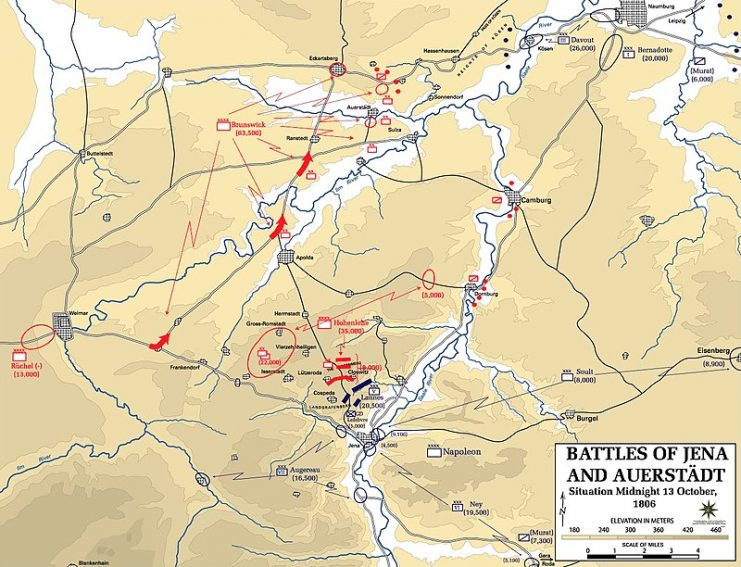
At the start of the battle, Napoleon was placed in a precarious position when one of his commanders, Marshal Michel Ney, decided to act alone and attack the Prussian lines. Although he was successful at first, Ney and his troops soon became surrounded by Prussian forces. Napoleon, however, managed to curtail the impact of the strategic blunder by sending General Jean Lannes’ division to Ney’s aid.
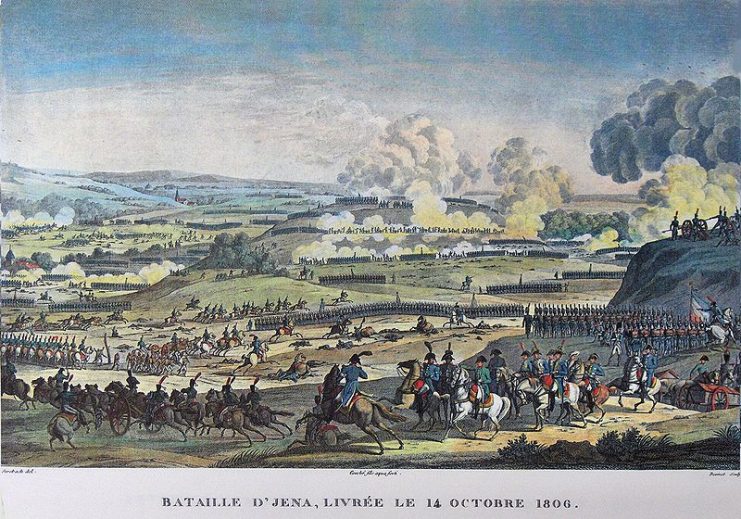
After rescuing Ney’s troops, Napoleon launched a successful assault on the Prussian lines while they awaited reinforcements from Weimer. By the time the reinforcements arrived, the main Prussian army had been taken apart and the little faction that remained was under pursuit from French cavalry.
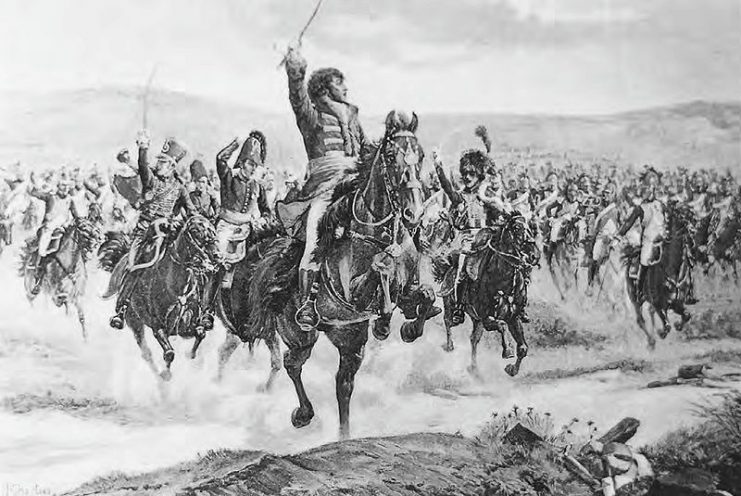
The Prussian forces only managed to hold Napoleon’s forces at the town of Kapellendorf before they too were crushed, securing Napoleon’s victory at Jena. Meanwhile, another division of Napoleon’s army under the command of Marshal Louis d’Avout was blockaded on its way to provide support to the main army.
Read another story from us: How Napoleon Consolidated an Empire
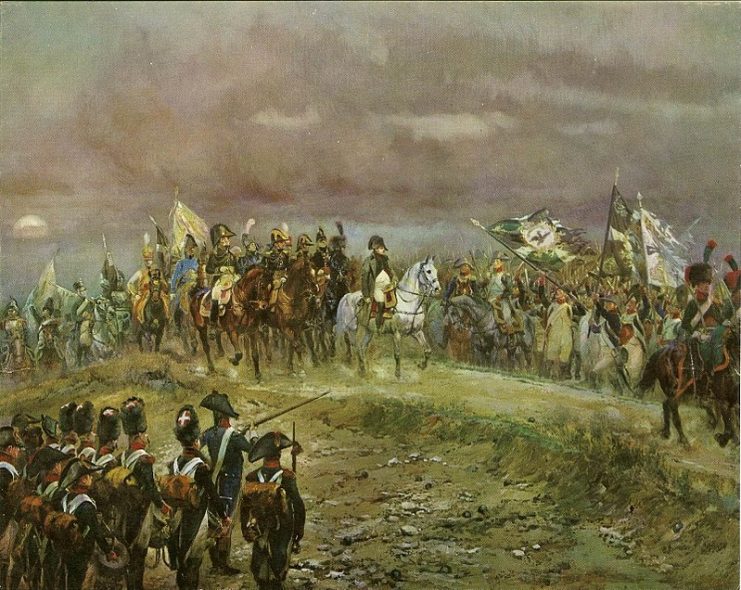
D’Avout engaged the Prussian army, which was under the command of the Duke of Brunswick and Frederick William III, and won a decisive victory for the French empire. This victory by the French thus placed the Prussian empire under French rule.
